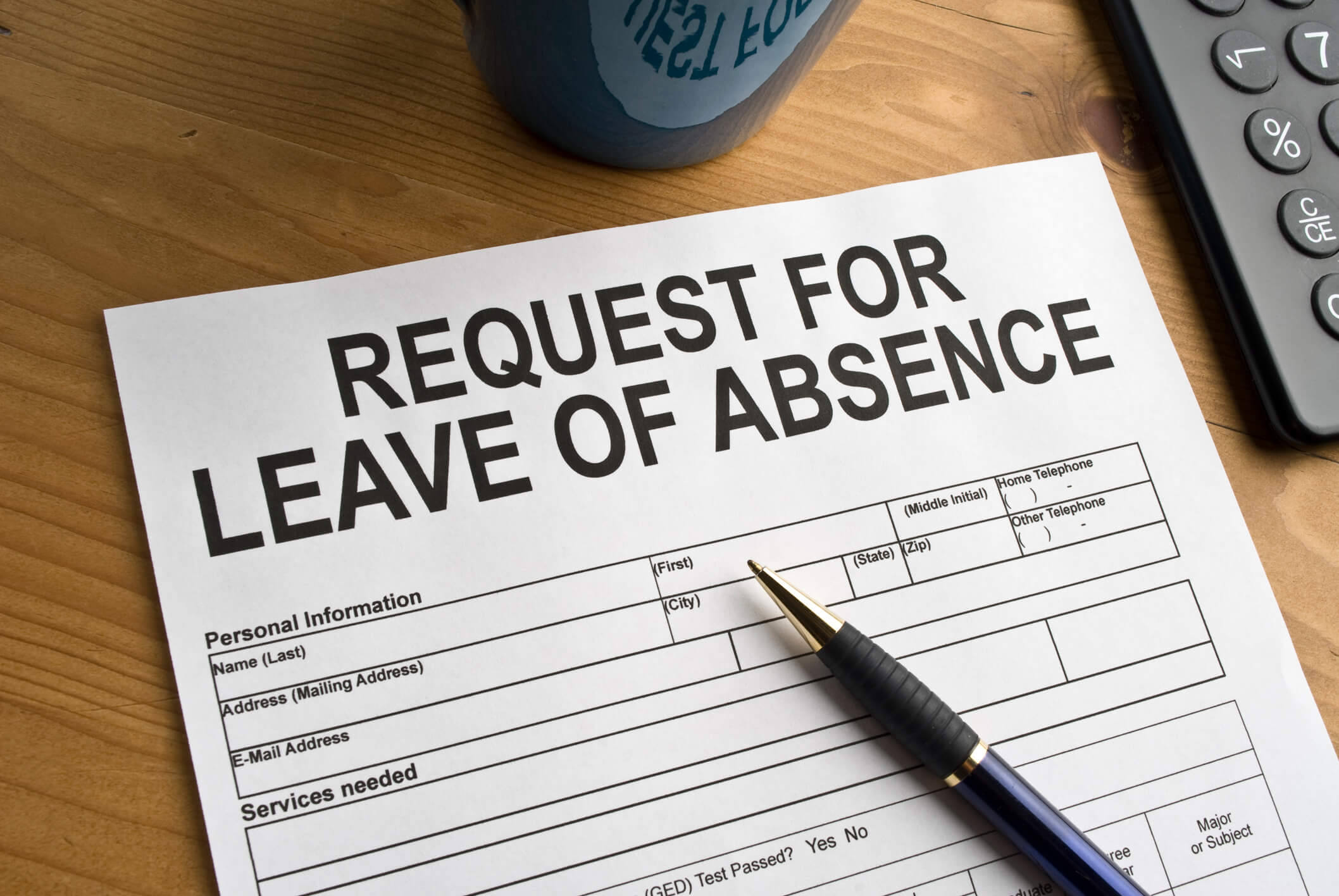On June 30, 2017—the day before Arizona’s new paid sick leave law went into effect—the Industrial Commission of Arizona (ICA) issued 18 pages of new frequently asked questions (FAQs). Some of the FAQs merely restate the draft regulations, while others provide useful examples helping to give color to draft supplemental regulations recently issued. These include examples of how to calculate “same hourly rate” for various employee groups and notations that a commissioned employee’s acknowledgement of a handbook policy, setting forth the hourly rate, is sufficient to set the “same hourly rate.” Still other FAQs answer questions you never knew you had— including whether employees may take paid sick leave (PSL) to care for their service animals when they’re sick. Spoiler alert: The ICA says “no.”
Although the ICA warns that case law or statutory guidance may change some or all of its FAQs, all employers should strive to review and conform their policies and practices to the draft regulations and the 39 total pages of ICA FAQs interpreting the paid sick leave law. To help expedite that ongoing process, 10 of the key FAQs that answer the questions we field the most often or could most dramatically impact employer policies and practices are covered here.
1. Pre-July 1, 2017 Paid Leave Insufficient
Prior to the passage of Proposition 206, most employers offered some form of paid time off, whether it was vacation, sick, personal time, or some other amalgamation best suited to their businesses and workforces. Given that PSL went into effect mid-year (on a Saturday to boot), many employers asked (and hoped) that the leave employees had already received or accrued prior to the law’s effective date of July 1, 2017 would suffice to meet their paid sick leave obligations for the remainder of 2017. Consistent with our reading and analysis of the law, in its new FAQs, the ICA dealt the fatal blow to this common hope. The FAQs definitively state that “there is no statutory basis for counting leave time accrued or used before July 1, 2017.” Remember that the previous FAQs permit employers to prorate accrual and usage during the employer’s first partial year starting July 1, 2017, presuming the employer designates a year for purposes of sick leave accrual as anything other than July 1, 2017 to July 1, 2018.
2. On-Call Employees
Health care providers, staffing agencies and other employers that have on-call employees have been particularly flummoxed by how PSL would and could be used by on-call employees. The ICA clarifies that employers may restrict on-call employees’ use of earned paid sick time to (1) “periods of time in which the on-call employee is scheduled to work” or (2) “periods of time that the on-call employee would be scheduled to work but for circumstances justifying use of earned paid sick time.” The ICA provides three rather simplistic and employee-friendly examples.
For instance, if Sickly Corporation reaches out to Sally and requests she work today and tomorrow, she may use paid sick time for any or all of the two days that Sickly has requested her to work, presuming circumstances justify the use of earned paid sick time. During the oral proceeding conducted by the ICA on the draft regulations on June 5, 2017, several employers and their representatives expressed this very concern: the law’s on-call provisions could require employers to dive into their on-call rosters and afford pay sick time to more than one employee who they attempted to call in but who decided to use paid sick time before finding someone available.
3. No Windfall at Reinstatement If PSL Already Paid Out
The ICA fills in an important gap about reinstatement of PSL if an employee is rehired. If the employer voluntarily pays out earned, unused sick leave at termination AND the employee “accepted the payment” for PSL, then the employee is not entitled to have that accrued PSL reinstated even if the rehire occurs within nine months of the termination. Importantly, this also means the reinstated employee is not entitled to take such paid out accrued PSL as unpaid leave.
4. Employee’s Failure to Follow Notice Requirements = No PSL
One of the biggest challenges employers continue to raise is how or when they can hold employees accountable to notice requirements, while not exposing themselves to legal risk under the law’s broad and presumptive retaliation standard. The ICA clarifies several points on notification for unforeseeable PSL. Employers may require employees to follow a written policy containing procedures to provide notice when PSL is unforeseeable. While employers must allow employees to request PSL through oral, written, or electronic means, if an employer has provided its employees with a copy of a written policy for providing notice of PSL, the employer may refuse to designate time as PSL if the employee fails to comply with the written notice requirements.
For example, if an employer’s PSL policy in its employee handbook states (as statutorily required) that employees may provide electronic, oral, or written notice of their need for PSL and requires the employee to also call a specific absence hotline to report his or her absence, the employer may refuse to designate the absence as PSL if the employee failed to provide the required notice set forth in the written policy of which he or she had notice. Keep in mind that the employee must be provided a copy of the written policy, the policy cannot discriminate against employees using PSL, and the employee should be afforded the chance to provide a “reasonable justification”— such as an emergency or incapacity—for failing to follow the written policy.
5. Smallest Increment of Usable Earned Paid Sick Leave
Unfortunately, the latest FAQ update reinserted ambiguity to a question we previously thought to be settled. The draft regulations provide an option for employers to use either time clock increments (which may be as small as tenths of an hour) or increments set by a PTO program (which typically use longer increments, such as an hour). According to the FAQs,
Earned paid sick time can either be used in hourly increments or the smallest increment that the employer’s payroll system uses to account for absences or use of other time, whichever is smaller. For example, if an employer’s payroll system accounts for absences or use of other time in 6 minute increments (a tenth of an hour), an employee may use earned paid sick time in this same increment.
The ICA had indicated that employers that plan to combine PTO with PST could use the same time off increments for all PTO, even if their time-keeping systems used much shorter increments for attendance purposes, thereby eliminating uncertainty about using the shorter increment.
Employers encouraged the ICA to resolve this ambiguity in writing, which we believe led to the inclusion of “other paid time off” in the draft regulation.
The Industrial Commission has proposed rules that define the “smallest increment that the employer’s payroll system uses to account for absences or use of other time” as the smallest increment of time that an employer utilizes, by policy or practice, to account for absences or use of other paid time off.
However, the FAQ continues to retain the “whichever is smaller” language in its discussion, which suggests that employers do not really have a choice of which increment applies.
6. Keeping Track of “Equivalent Time Off”
The draft regulations finally fill in many of the gaps left by the statute’s failure to address the nuts and bolts of how to integrate PSL with an existing PTO program that provides equivalent or better benefits than the statute requires. Perhaps the most glaring gap was how employers were supposed to keep track of time off on paycheck stubs for combined PSL/PTO programs. The answer is to allow employers to blend the data, which the supplemental FAQ helpfully explains as follows:
[W]hen an employee uses equivalent paid time (for earned paid sick time, vacation, or another reasons) the employer may count that time as “taken” and “received” on the employee’s regular paycheck.
So, true combo programs can show the combined time off information on employees’ paystubs without having to distinguish PSL. Notably, the FAQs still allow employers to separately track PSL from their PTO, if they desire to do so, but it is not required.
7. The Carry Forward/Accrual Conundrum
Employers that combine their PST obligations with existing PTO programs should remain vigilant of the statute’s tricky equivalency requirements. For example, one of the supplemental FAQs states that “an employee retains the right to accrue additional earned paid sick time in a subsequent year, regardless of the amount of earned paid sick time carried over to the subsequent year.” Without further clarification from ICA, this could spell trouble for employers with combo PSL/PTO programs that cap accruals—even if those accrual caps are greater than the maximum PST accrual and carry forward amounts combined.
Further Important Questions Answered
Finally, in addition to resolving the uncertainty of Fido’s status as a “family member,” the supplemental FAQs also address a number of other questions on employers’ minds that deserve honorable mention here:
8. May someone other than the employee give an employer notice of the employee’s need for PSL?
In “appropriate circumstances” an “authorized person” (such as a friend or family member) may give notice of PSL. The FAQ suggests that “appropriate” means when the employee is incapable of giving the notice him or herself due to incapacity.
9. Are perfect attendance bonuses still legal?
Yes, “provided that employees who have used other leave types are similarly disqualified from perfect attendance bonuses.”
10. How does PSL apply to “commonly-owned” businesses?
Not surprisingly, the ICA takes the position that businesses with identical or related ownership, or with shared management components, employee pools, or control over operations likely will be viewed as a single employer for purposes of determining the statute’s application, such as to determine total number of employees. The FAQs provide a list of which factors ICA will consider for common enterprise determination.
We will continue to report on any further guidance from the ICA on the newly-effective Arizona paid sick time law. Stay tuned!




